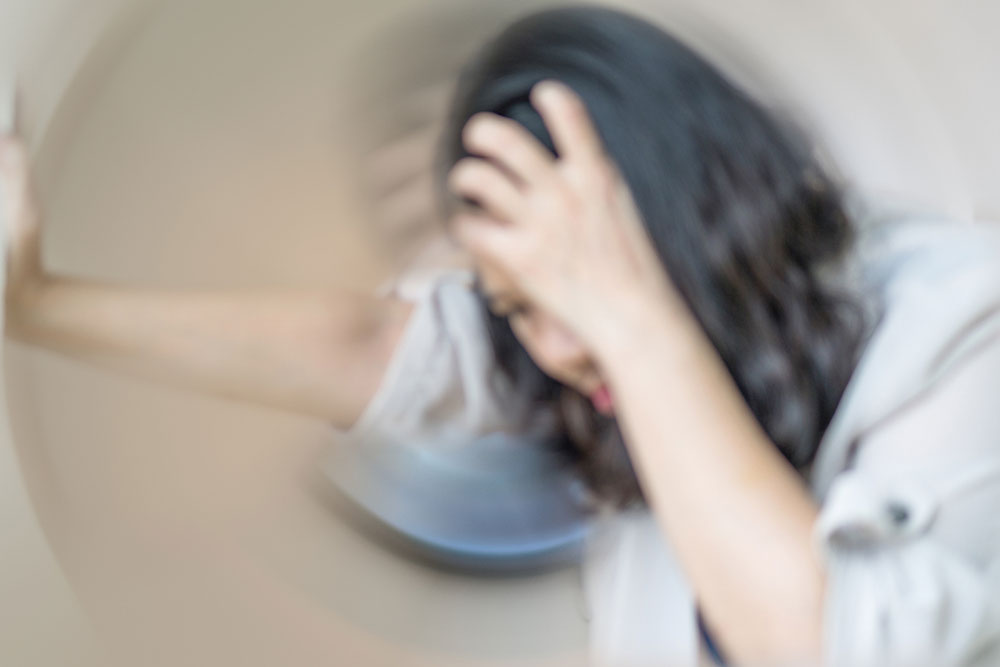Table of Contents
Strokes are a type of neurovascular accident that can happen to anyone at any time.
They can be life-threatening and require immediate treatment, so it’s important to know what to do if you or another person experiences a stroke. You can do many things to reduce the chances of a stroke, and if you do experience a stroke, the sooner you receive treatment, the better your chances of a successful outcome.
In this article, we’ll provide you with the latest information on the symptoms of a stroke, how to identify them, and the best ways to treat them.
What is Stroke
Stroke is a disorder that affects the blood vessels that supply blood to the brain. When these vessels are damaged, the blood cannot flow properly and cause serious health problems. If the blockage is severe, brain damage can occur.
Other problems can range from mild to life-threatening. They include:
- Brain hemorrhage
- Stroke-related death
- Memory loss
- Difficulty speaking or understanding speech
- Difficulty with mobility
- Difficulty with coordination
- Impairment in vision
- Other neurological problems
There are many different types of strokes, and the treatment depends on the type of stroke and the patient’s general health. However, some common treatments include delivering oxygen through a mask, using a machine that helps to circulate blood, or placing an implant in the heart to help pump blood to the brain.
Causes of Stroke
According to most stroke new treatment, some of the common causes of stroke include:
- Atherosclerosis – This is a condition in which plaque builds up on the arteries, narrowing them over time. It’s often linked with heart disease and other conditions and can lead to a stroke if the artery becomes blocked.
- Genetic factors – Some people are more likely to have a stroke than others because of genetic factors.
- High blood pressure – High blood pressure is a major risk factor for stroke and can cause the walls of the blood vessels to become damaged.
- Diabetes – Diabetes is a leading cause of stroke, and people with diabetes are at an increased risk for several types of strokes.
- Smoking – Smoking cigarettes is one of the leading causes of stroke-related death in the US. Smoking increases your risk for heart disease, emphysema, lung cancer, and other conditions leading to stroke.
Three Types of Stroke
There are three types of stroke – ischemic, hemorrhagic, and embolic.
Ischemic Stroke
An ischemic stroke is a type of stroke caused by a blockage or occlusion of blood flow to the brain. This can occur due to a number of reasons, such as a blood clot, an arterial aneurysm, or a tumor. An ischemic stroke can lead to serious long-term disability or even death if left untreated.
Hemorrhagic Stroke
A hemorrhagic stroke is a type of stroke that occurs when there is a blockage in one of the arteries that supply blood to the brain. This can cause a sudden drop in blood pressure, leading to a loss of blood flow to the brain. Hemorrhagic strokes are often fatal, and they are one of the most common types of strokes.
Embolic Stroke
An embolic stroke is a potentially life-threatening condition that occurs when a blood clot forms in the middle of an artery. This clot can dislodge and travel to other body parts, causing a stroke. Symptoms of an embolic stroke may include sudden numbness, tingling, weakness, or paralysis on one side of the body. If not treated quickly, an embolic stroke can lead to death.
Stroke Warning Signs You Need to Learn About
There are different warning signs per type of stroke that a human can experience:
Embolic Stroke Warning Signs
The symptoms of an embolic stroke can vary depending on the person and the type of embolic stroke they are experiencing. However, some common symptoms of an embolic stroke include:
- sudden weakness or numbness in one or more limbs,
- sudden confusion or difficulty understanding what is being said,
- a sudden headache,
- and nausea or vomiting.
Ischemic & Hemorrhagic Stroke Warning Signs
Both of these types have similar warning signs when experienced. The most common symptom is sudden confusion, but other symptoms may include:
- difficulty speaking or understanding speech;
- weakness on one side of the body;
- vision problems, such as seeing black spots or not being able to see clearly at all;
- dizziness, numbness, and a sense of unbalance;
- Aphasia (difficulty with speaking), which can be accompanied by slurred speech, difficulty understanding jokes, and difficulty recalling words;
- trouble walking or balance difficulties; and,
- seizures or blackouts
Stroke is a serious medical condition that can have a devastating effect in anyone’s life. If you or someone you know is at risk, it’s essential to know what the symptoms are and how to avoid them. Stay safe and know the signs of stroke to take the necessary precautions!

